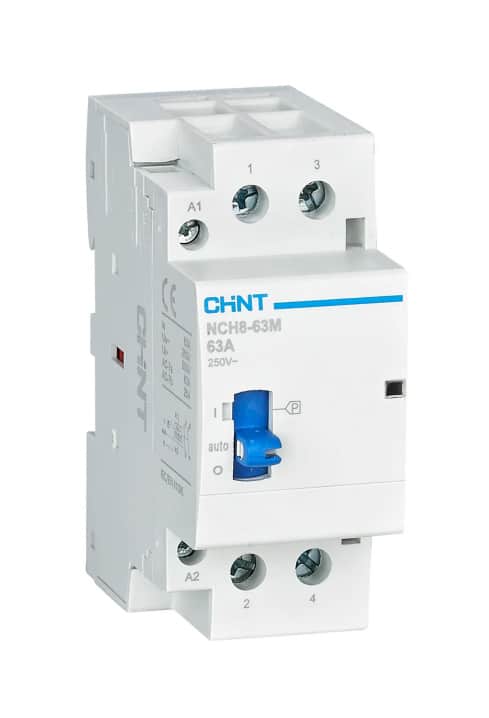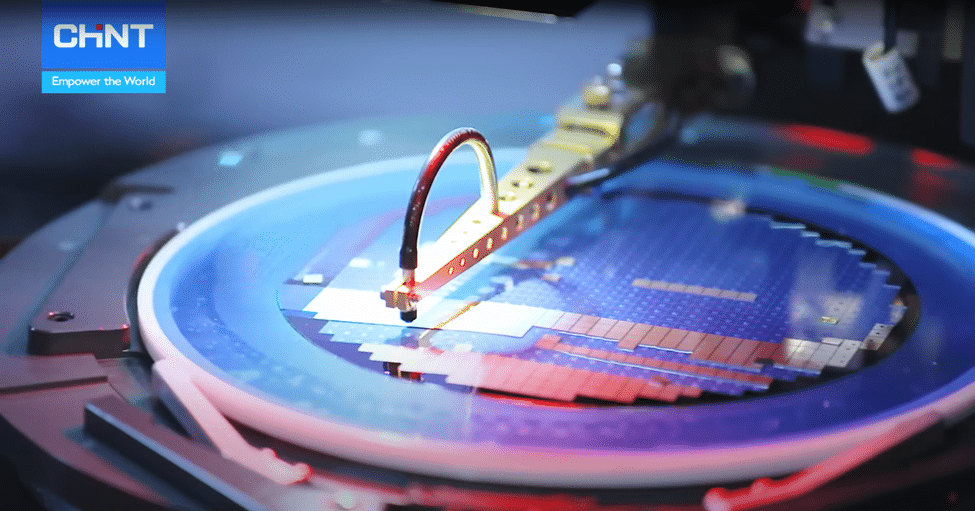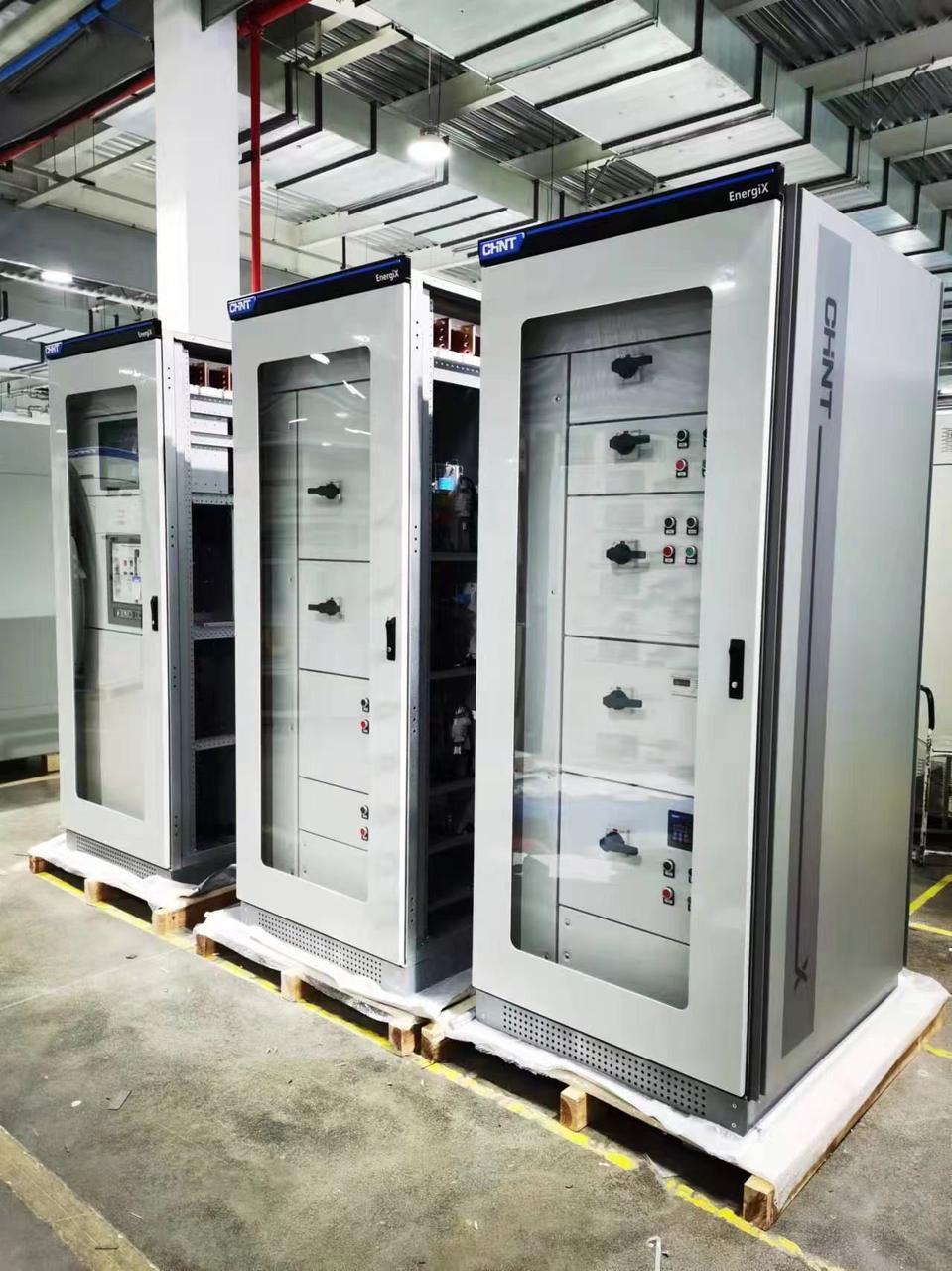Table of Contents
A contactor is an electrical device used to switch an electrical power circuit on and off. A manual contactor is a type of contactor whereby an operator has to activate the switch to engage the power circuit physically. The device controls electrical loads in electric motors, heating, lighting, thermal evaporators, and other applications.
What is the Primary Difference Between a Manual Contactor and a Manual Starter
Many people often use the terms contactor and starter interchangeably. The mechanical elements and manual operation of a manual contactor and starter are very similar. At their core is also the same technology – an electric switch designed to handle high voltages. However, manual contactors and starters are distinct electric components with specific functions.
The primary difference between the two is that a manual starter has an overload relay designed to cut voltage input in case the relay senses a thermally compromising condition or motor overload. How a contactor works is similar to a relay but is designed to connect directly to high-current load devices and features an arc suppression system. It does not have an overload mechanism and is not designed for short-circuit protection.
A starter is essentially a contactor with an overload relay. Functionally, a manual contactor closes the contacts and establishes and interrupts power to the electric circuit by applying a voltage to a contactor coil. A safety contactor has its own standing as a power control device or can be part of a starter.
A manual starter utilizes a hand-operated on-and-off switch to make or break a motor input circuit, protecting the motor from sudden overcurrent. Manual contactors and starters are also rated and specified differently. A contactor is classified by its voltage capacity, while a starter is rated by its current capacity and motor horsepower for which it is compatible.
Manual contactors function best in power distribution systems where power-cut off and overload protection are not major concerns. Manual starters are used where fuseless protection from overload, short-circuit and phase failures is necessary, such as electric motors. A motor requires an overload protection mechanism that doesn’t open the circuit when the motor is starting but opens it when the motor gets overloaded.
Related Articles: Difference Between A Contactor And Relay
Related Articles: Contactor VS Circuit Breaker: What’s The Difference
Benefits of Using a Manual Contactor
Here are the benefits of using a manual contactor:
- Compact Design – The physically smaller size of a manual contactor (compact enough to hold in your hand) allows for a broader range of applications and ease of installation.
- Operational Safety – Having a smaller switch requires a smaller current to operate it. Low current carrying switches reduce potential danger to the operator.
- Double-Break Mechanism – A manual contactor features double-break contacts, which simultaneously open the electric circuit in two places. This mechanism enables the switch to handle higher currents in a compact space, dissipates heat more readily, and enables a longer switch life.
- Versatility – A manual contactor is suitable for use in both AC and DC devices.
How to Use a Manual Contactor
There are several essential steps to using a manual contactor for circuit control to operate your large high voltage household appliance safely. On the front of the contactor, there are two coil terminals at the top and bottom, usually labeled A1 (positive) and A2 (negative). This is where you would connect DC power to energize the coil. Next to the coil terminals are the contact terminals.
Depending on the type of contactor, it can have two (single pole), four (double-pole), or six (3-pole) contact terminals. These terminals will be labeled from left to right or top to bottom. The power wires (input) connect to the contactor through the top contact terminals, while your device wires (output) connect to the contactor through the bottom ones. An extra pair of wire terminals make up the auxiliary contact or feedback contact.
Loosen the screws on the top contact terminals, insert the input and auxiliary wires, and then tighten the screws. Switch on the contactor to energize it and listen for the click as it engages. Next, switch off the contactor to de-energize it and insert the outpour wires on the bottom contact terminals. Ensure that no stray strands extrude from the contact blocks, and tighten the screws.
It’s crucial that you take safety precautions when using a contactor, including switching off the mains, avoiding water, using appropriate insulated tools, and using devices with the appropriate current rating.
How to Install a Manual Contactor
Once you have purchased a quality manual contactor from a reputable vendor like this modular AC contactor, the installation process is fairly simple. You will need a flathead or Phillips screwdriver and insulated rubber gloves. Switch off the mains or power source feeding the enclosure for mounting contactors and relays.
With the insulated gloves on, orient the contactor on the steel mounting rails and screw in the feet using the provided screws. Note that grounding electrical components before installation is crucial to avoid electrocution in case of excess current build-up or component malfunction. Grounding provides an alternative path for the current to flow back to the earth.
Selection Considerations for Manual Contactors
There are several important factors you should consider when choosing a manual contactor. Getting the right product helps prevent potential electrical and mechanical failures. These considerations include the number of poles, current and power, utilization category, and connection types.
The number of poles should match the number of phases of the load. You should select a contactor based on the current and power of the load. A low-current contactor used on a high load can cause contact wear and stick and potentially damage appliances.
With utilization categories, the contactor’s application determines the appropriate product according to load characteristics. For instance, contactors in the AC-1 utilization category are suitable for a resistive heating circuit, while those in the AC-5 category are suitable for lighting circuits. Manual contactors can have screw or spring terminals. Screw terminals offer faster cable entry and are ideal if assembly time is critical.

How Do You Know If Your Contactor Is Bad?
There are several main signs that can indicate a faulty or malfunctioning contactor. The first sign is a chattering contactor. A contactor chatters when the contacts cannot fully engage. Low voltage to the contactor is usually the primary cause of chattering. It can also be caused by loose connections in the control circuit, poor connections, or inadequate wire sizing.
A humming sound from the coil with no power output can indicate a faulty coil or dirty contacts. In extreme cases, the plastic casing on a contactor can melt, indicating a total malfunction. A faulty contactor poses a health hazard and can lead to damaged appliances. Regular inspection and testing are part of a proper preventative maintenance effort. It helps uncover issues before they cause major problems and ensure proper function.
Conclusion
A manual contactor is a special relay type used to switch an electrical circuit on and off. These devices are employed in applications ranging from lighting to complex industrial equipment. Different types of manual contactors are suited for different applications, which is an important consideration alongside electrical safety precautions when handling the devices. Feel free to browse our catalog to purchase top-quality contactors from Chint Global and learn more about surge arresters.
Recommend Reading

The Ultimate Guide to the Time Relay
Table of Contents The time relay is a helpful device that can be used for various purposes in the world of electricity. It is the perfect way

What Is Power Factor Correction and Why Is It Necessary
Table of Contents All the electrical equipment consumes power while operating. That power is real power. However, there is also reactive power. But the reactive








